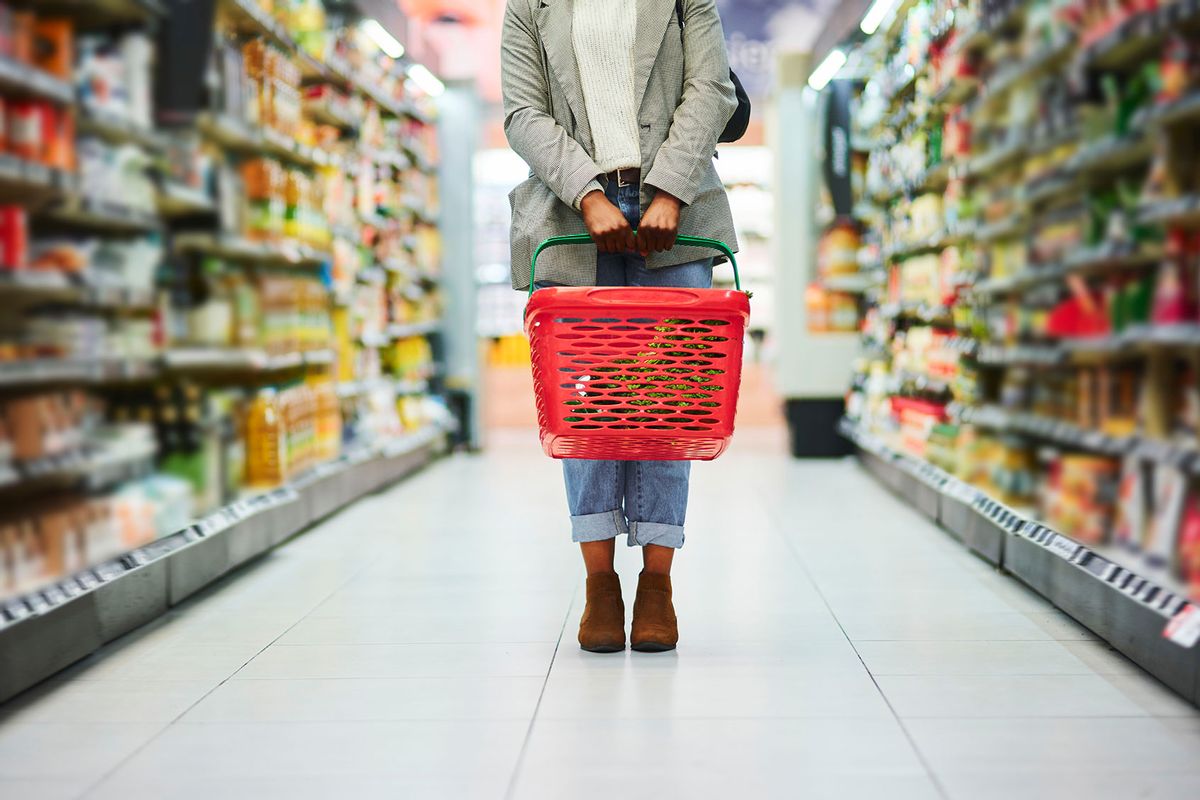UK shoppers have specific preferences when it comes to their favorite supermarkets. M&S was voted as the best in a recent survey, followed closely by German discounter Aldi (Waitrose, Tesco and Sainsbury's were next). Aldi's position is evidence of how discount retailers are reshaping consumer perceptions and the sector as a whole.
Consumers probably expect a budget supermarket to copy from more upmarket counterparts to signal quality to shoppers. We just need to look to the case of Aldi's copycat caterpillar Cuthbert – a cheaper version of M&S's Colin, to see that.
But now we're seeing a reversal of this trend. Tesco's Clubcard design was recently found by the High Court to be copying the Lidl logo. So why would a giant like Tesco copy this big yellow label? UK consumers perceive Lidl as a lower-end supermarket. Tesco is not.
The success of the Clubcard logo lies in the brand image that consumers associate with Tesco. The store makes use of the perception that it's not cheap, unlike Lidl. Tesco allows Clubcard owners to access branded products at discounted prices, through Clubcard membership. It still maintains its brand image as one of the "big four" supermarkets, as well as a retailer that provides benefits with a membership.
Tesco is not the only retailer to adopt this approach. Sainsbury's is shifting from allowing consumers to collect loyalty points on a Nectar card to focusing on Nectar Prices, where they also provide discounts via membership. This approach enables Tesco and Sainsbury's to communicate a clear message to their consumers: stay loyal to us and we'll treat you differently with lower prices for the premium products.
In addition to membership benefits, these retailers also emphasize their new lower pricing strategies – with explicit reference to discount rival Aldi – on certain products. Tesco asks consumers to look out for the red Aldi Price Match bubble, and Sainsbury's adopts a similar approach for products, again explicitly communicated as an Aldi Price Match.
Unsurprisingly, other retailers like Morrisons and Asda recently introduced similar schemes, leading this pricing approach almost to be a sector norm. In acknowledging that their offer faces stiff competition from discounters, they're trying to keep up with Aldi and Lidl. And with consumers now expecting price matches, the supermarkets are also attempting to keep pace with each other.
So why are we seeing this shift towards loyalty cards and explicit comparisons to lower-end rivals? One answer could be because loyalty cards are a good way to collect consumer data. However, the best answer would be that the supermarkets are adapting to meet the changing demands of consumers in an increasingly price-conscious market.
Consumer behavior is developing a more frugal focus due to the effect of inflation and pressure of the UK's rising cost of living on consumers. Food price inflation had been especially high, rising sharply in the last few years, with a record peak of 19.2% in March 2023, now around 4% from March 2024.
In the ten years after the 2008-2009 financial crisis, average earnings stayed relatively low, and disposable income hasn't seen much growth either. These factors have affected confidence in the retail sector. Although there has been a slight growth since late 2022, consumer confidence remains well below pre-pandemic levels.
Color coding
These economic pressures are driving supermarkets to rethink their pricing strategies and product offerings, leading to the "copying down" approaches. On average, consumers take only 13 seconds to make a purchase decision in-store, and some studies show this to be as little as five seconds. That's why these messaging strategies like colour and name-checking rivals are so important.
Most often the first thing consumers see when entering a supermarket is the fruits and vegetables. There is a very simple reason for seeing the "greens" first – consumers associate the colour with freshness and health, and it has a calming effect on the brain, reducing stress and anxiety.
Consumer research shows us that colours have a clear effect on our feelings and purchasing behavior. Yellow has been associated with happiness, and in general warm colors make us think the temperature is warmer than it actually is. Yellow and red also appeal to impulse buyers.
So when we see a yellow sticker in Tesco, we get a special deal, and this leads to a temporary feeling of pleasure or excitement – that sudden rush of dopamine often referred as "shopper's high". And Lidl was already there with the big yellow circle branding that was to become so contested. It's not a coincidence that other grocery retailers have long been using yellow stickers for cut-price items as well. Tesco's red price-match bubble signifies urgency and excitement.
As food prices continue to rise across almost all product types, the cost of the weekly shop is becoming an issue for more UK households. It's probably not surprising therefore that supermarkets now see their most potent weapon as price rather than the perception of luxury.
Melisa Mete, Lecturer in Marketing, Henley Business School, University of Reading
This article is republished from The Conversation under a Creative Commons license. Read the original article.



Shares